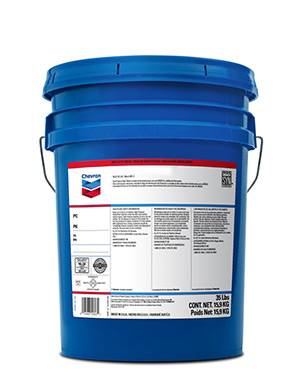11-р сар . 06, 2024 09:40 Back to list
Innovative Design Solutions for Table Clamps in Fabrication Applications
Understanding Fabrication Table Clamps Essential Tools for Precision Work
In the world of metalworking and woodworking, precision is paramount. Whether you're assembling furniture, constructing machinery, or creating intricate designs, the accuracy of your work heavily relies on the tools you use. Among the myriad of tools available, fabrication table clamps stand out as essential components for ensuring stability, alignment, and precision during the fabrication process.
What Are Fabrication Table Clamps?
Fabrication table clamps are specialized tools designed to secure materials tightly to a work surface, commonly known as fabrication tables. These clamps come in various shapes, sizes, and styles, each tailored for specific applications. Essentially, they serve to hold workpieces in place, preventing any movement that could lead to inaccuracies during cutting, welding, or assembly tasks.
These clamps can be made from different materials, including metal and plastic. Metal clamps, such as those made from steel or aluminum, are known for their strength and durability, making them ideal for heavy-duty operations. Conversely, plastic clamps might be used for lighter jobs where the risk of scratching or damaging the workpiece is a concern.
Types of Fabrication Table Clamps
1. C-Clamps One of the most common types, C-clamps consist of a fixed arm and a movable arm, which tightens around the workpiece. They are versatile and can be used in various applications, making them a staple in many workshops.
2. Bar Clamps These clamps utilize a long, adjustable bar and are ideal for holding larger workpieces. The sliding mechanism allows them to be quickly and easily adjusted, enabling the worker to secure pieces together tightly during gluing or joining operations.
3. Pipe Clamps Similar to bar clamps, these utilize a pipe as the main bar, which can be extended to accommodate larger workpieces. Their design allows for a more distributed clamping pressure, making them suitable for larger panels and assemblies.
4. Quick-Release Clamps These clamps are designed for efficiency, allowing users to clamp and release materials with a single motion. They are particularly useful in environments where time is of the essence, providing quick engagement and disengagement.
5. Corner Clamps Used primarily for assembling corners in furniture and frames, these clamps hold two pieces at a right angle, ensuring accurate joints and preventing misalignment.
Benefits of Using Fabrication Table Clamps
fabrication table clamps

The advantages of using fabrication table clamps in your projects cannot be overstated. Here are some key benefits
- Enhanced Precision Clamps keep pieces firmly in place, reducing the likelihood of slippage or movement that can cause errors. This is particularly vital when making cuts or welds that require exact measurements.
- Improved Safety By securely holding materials, fabrication table clamps reduce the risk of accidents that can occur due to shifting workpieces. Workers can focus on their tasks without the distraction of worrying about unstable parts.
- Time Efficiency Quick-release clamps and adjustable options save time during setups and adjustments. This efficiency allows for more productivity on the shop floor, with less downtime spent on minor adjustments.
- Versatility With various sizes and styles available, clamps can be used across different types of projects, adapting to the specific requirements of each job. This makes them a valuable investment for both hobbyists and professional craftsmen.
Choosing the Right Clamps
When selecting fabrication table clamps for your workshop, consider several factors
- Material Type Choose clamps made of materials that suit your specific projects. For heavy-duty work, opt for metal clamps; for delicate pieces, consider softer materials.
- Clamp Size Ensure that the clamps can accommodate the size of the materials you will be working with. Large or bulky items may require larger clamps with broader reach.
- Type of Work Consider the type of work you'll be doing most often. For woodworking, corner clamps may be necessary, while metalworking might require C-clamps or bar clamps.
Conclusion
In summary, fabrication table clamps are indispensable tools that enhance precision, safety, and efficiency in various fabrication tasks. Whether you're a seasoned professional or an enthusiastic hobbyist, investing in a diverse set of clamps can significantly improve the quality of your work. As you continue to explore the world of fabrication, remember the crucial role that these unassuming tools play in the success of your projects.
-
Right Angle Ruler Innovations in Measuring ToolsNewsJul.18,2025
-
Parallel Ruler Maintenance for Long-Term AccuracyNewsJul.18,2025
-
Magnetic V Block 4 Inch Cost Effectiveness AnalysisNewsJul.18,2025
-
Internal Thread Gauge Innovations for Faster InspectionNewsJul.18,2025
-
Ground Anchor Applications in Construction and LandscapingNewsJul.18,2025
-
Butterfly Valve Types StandardsNewsJul.18,2025
Related PRODUCTS









